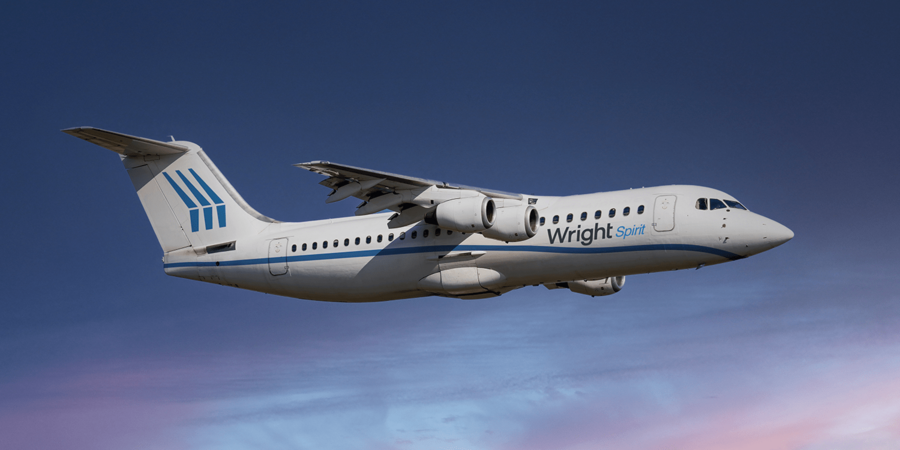
Electrifying Aviation Part 1

In the same way that emissions intensive industries are feeling the pressure to pivot to greener practices, the Aviation Industry is similarly under scrutiny as to its plans to offer environmentally sound travel options as air travel expands. One key theme emerging is that of electrifying aviation which offers considerable opportunities balanced alongside real challenges. In the first part of our blogs on the subject we look at a brief history of the emergence of electrifying aviation.
The idea of using electricity to power aircraft dates back to the early 19th century, when experiments were conducted with electrically-driven rotors to create lift. However, it wasn't until the early 20th century that serious efforts were made to develop electric aircraft. One of the earliest attempts to build an electric airplane was made as far back as 1884 by a French inventor named Gaston Tissandier. He created a small airship powered by a battery and electric motor, which made a brief but successful flight.
In the 1970s and 1980s, there was renewed interest in electrifying aviation, driven in part by concerns about the environmental impact of fossil fuels - a theme revisited again and again. Experimental electric aircraft were developed by a number of companies and research organizations, but they were limited by the weight and capacity of the batteries available at the time - an issue we still face today.
In recent years, advances in battery technology and electric motors have made electric aviation a more viable prospect. In 2007, a team of engineers at NASA set a world record for electric flight when they flew an experimental plane for more than five hours on battery power alone. Since then, a number of companies have emerged as leaders in the field of electric aviation, including Airbus, Boeing, and start ups like Zunum Aero and Joby Aviation. There are also a growing number of academic and research institutions that are focused on advancing the technology. While electric aviation is still in its early stages, there is growing optimism about its potential to transform the aviation industry. Some experts predict that electric aircraft could become a common sight in our skies within the next few decades, offering a cleaner, quieter, and more sustainable form of air travel.
In part 2, we will look in more detail at the challenges of electrifying aviation as we seek to emerge from the grip that fossil fuels has on the industry. As this great shift is seen in other major industries, so too must aviation begin to make strides at meeting these challenges head on.


